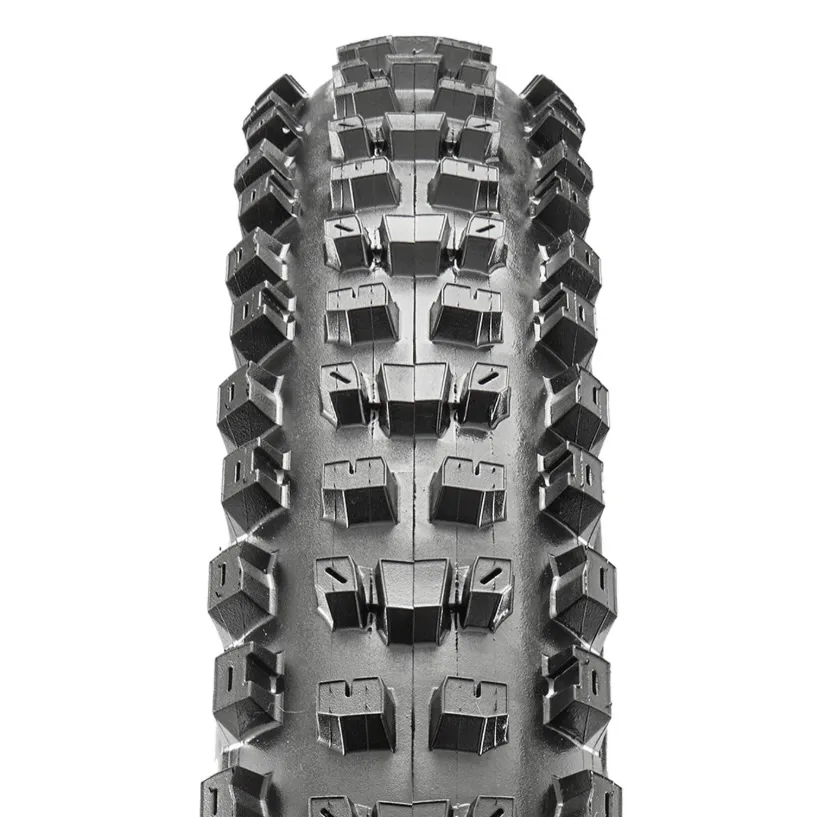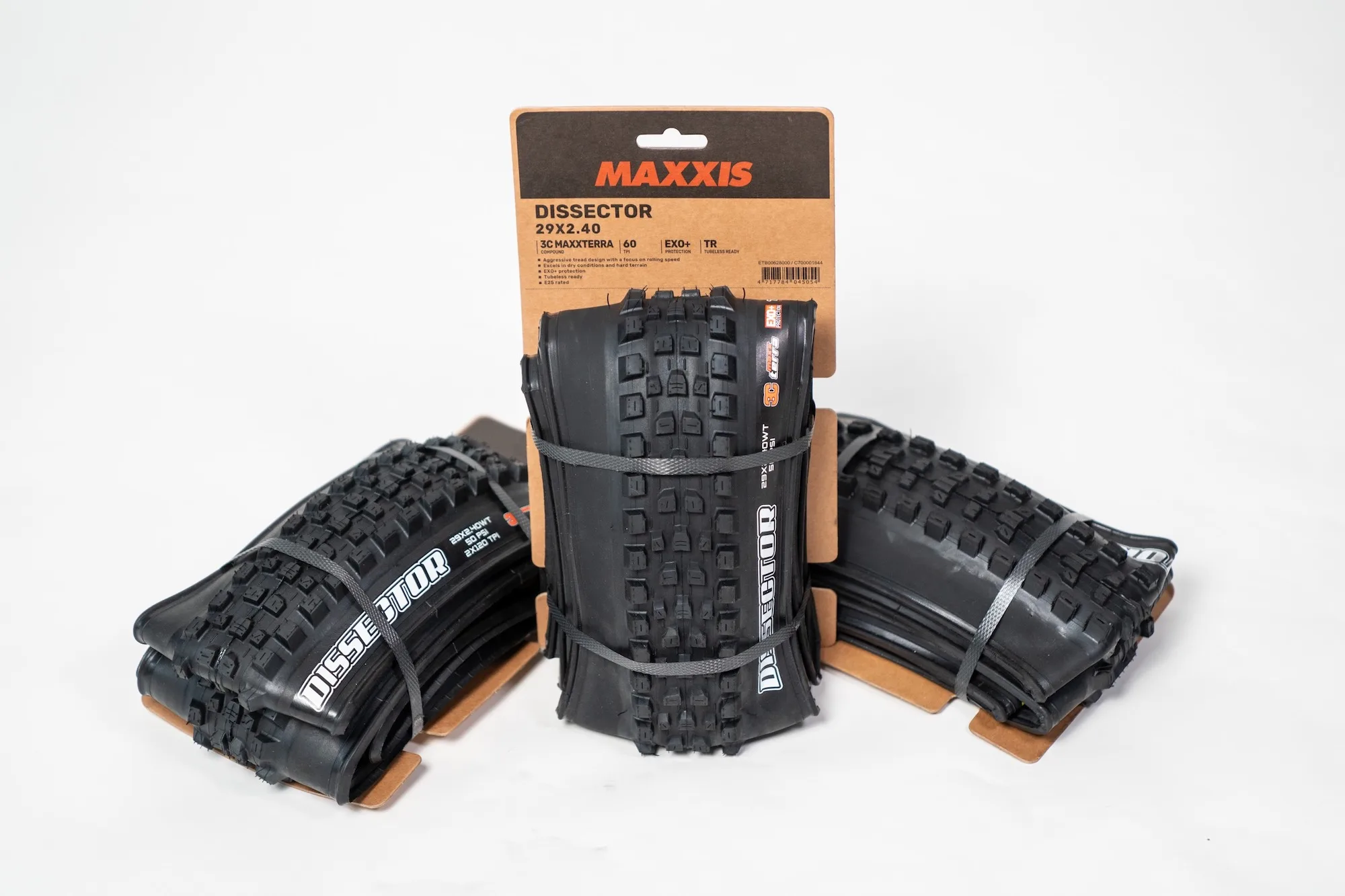The Dissector has been a staple within the Maxxis tire lineup because it debuted again in 2019. The favored path driving tire simply bought an overhaul, with updates that intention to enhance its efficiency, cornering traction, braking chunk, and predictability, whereas sustaining its fast-rolling nature. Primarily, the brand new Dissector is aimed toward precisely the identical rider and situations, however hopes to enhance on the shortcomings of its predecessor.
When the unique Dissector got here out six years in the past, it was designed with enter from World Cup DH rider Troy Brosnan to fill a spot within the Maxxis tire lineup as a comparatively aggressive but quicker rolling tire than the model’s ever-popular Minion DHR II. Though it had a downhill pedigree, it turned a preferred choice for path riders and was most frequently noticed on the entrance and/or rear of mid-travel path bikes. Certainly, it was a flexible and comparatively fast-rolling tire, however some riders discovered its braking traction and cornering grip to be missing, with a considerably imprecise transition really feel.
Maxxis Dissector: What’s New?
In some methods, the brand new Dissector seems to be just like the unique, however the tread design has been fully up to date to deal with the problems talked about above. The acquainted 2-3-2 middle tread stays, however the blocks of three now have extra outlined separation. This enables every of these tread blocks to chunk into the bottom individually when digging for traction on the climbs or on the brakes. It additionally spreads the blocks into the transition zone (a la Maxxis Assegai), filling within the hole of the earlier model, which ought to enhance predictability, consistency, and grip when rolling onto the cornering knobs.




Talking of cornering, the shoulder knobs have additionally been redesigned with a bigger footprint and reshaped sipes. Based on Maxxis, “the brand new facet knobs ship distinctive stability and predictability — particularly when pushing into corners on dry, hardpacked terrain.” It stands to motive that these up to date shoulder knobs ought to mix with extra tread within the transition zone to supply extra assist and traction when engaged within the corners.


What’s the Identical?
The 2nd-generation Dissector nonetheless slots into the Maxxis tire lineup between the much less aggressive Forekaster and the extra aggressive Minion DHR II. Like its predecessor, it goals to steadiness rolling pace and traction and is meant to be used largely in hardpacked and dry situations.
Additionally like its predecessor, the brand new Dissector is meant to be used on both the entrance or rear, or each, relying in your driving fashion, terrain, and situations. Advised pairings embody operating the Dissector within the entrance with a good faster-rolling rear tire just like the Rekon or the Forekaster. For a extra aggressive setup, the Dissector makes a great rear tire choice when paired with a Minion DHF or Assegai within the entrance.


Maxxis Dissector: Choices and Weights
The brand new Dissector is at present being supplied in a 29” x 2.4” measurement solely, however Maxxis states that further sizes are within the works. Casing choices embody EXO, EXO+, and DoubleDown — the DH casing is now not an choice. Rubber compounds range relying on the casing. EXO is available in both the long-lasting Twin compound or the quicker rolling MaxxTerra. EXO+ and DoubleDown are available in MaxxTerra or the tackier MaxxGrip. Claimed weights range by casing building and compounds, however are as follows:
EXO, Twin: 950 grams
EXO, MaxxTerra: 975 grams
EXO+, MaxxTerra: 1,030 grams
EXO+, MaxxGrip: 1,050 grams
DoubleDown, MaxxTerra: 1,190 grams
DoubleDown MaxxGrip: 1,205 grams
Maxxis Dissector: Pricing and Availability
The brand new Maxxis Dissector is obtainable now and in inventory at distributors and retailers. Maxxis states that the pricing is according to comparable tires. Head to the Maxxis web site to be taught extra.
maxxis.com
































